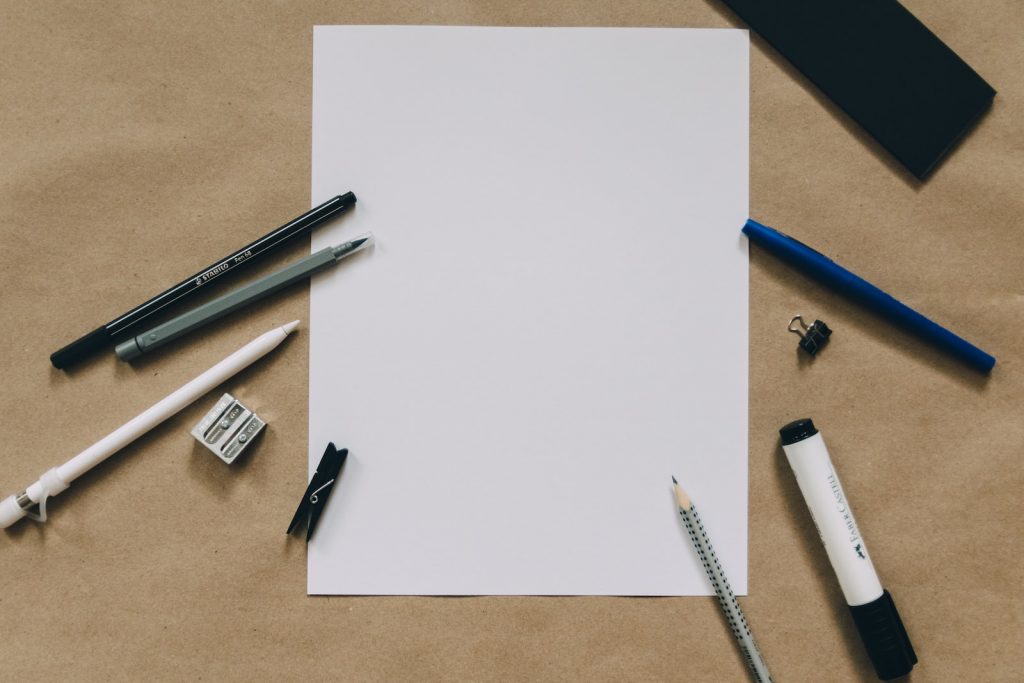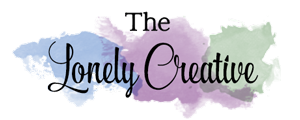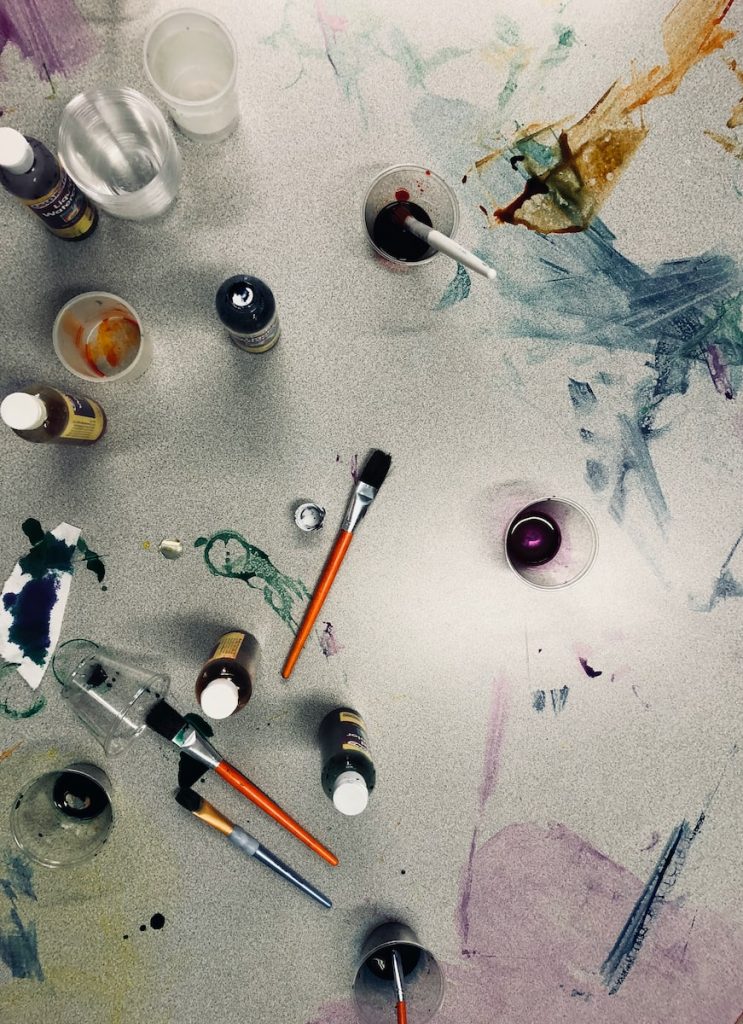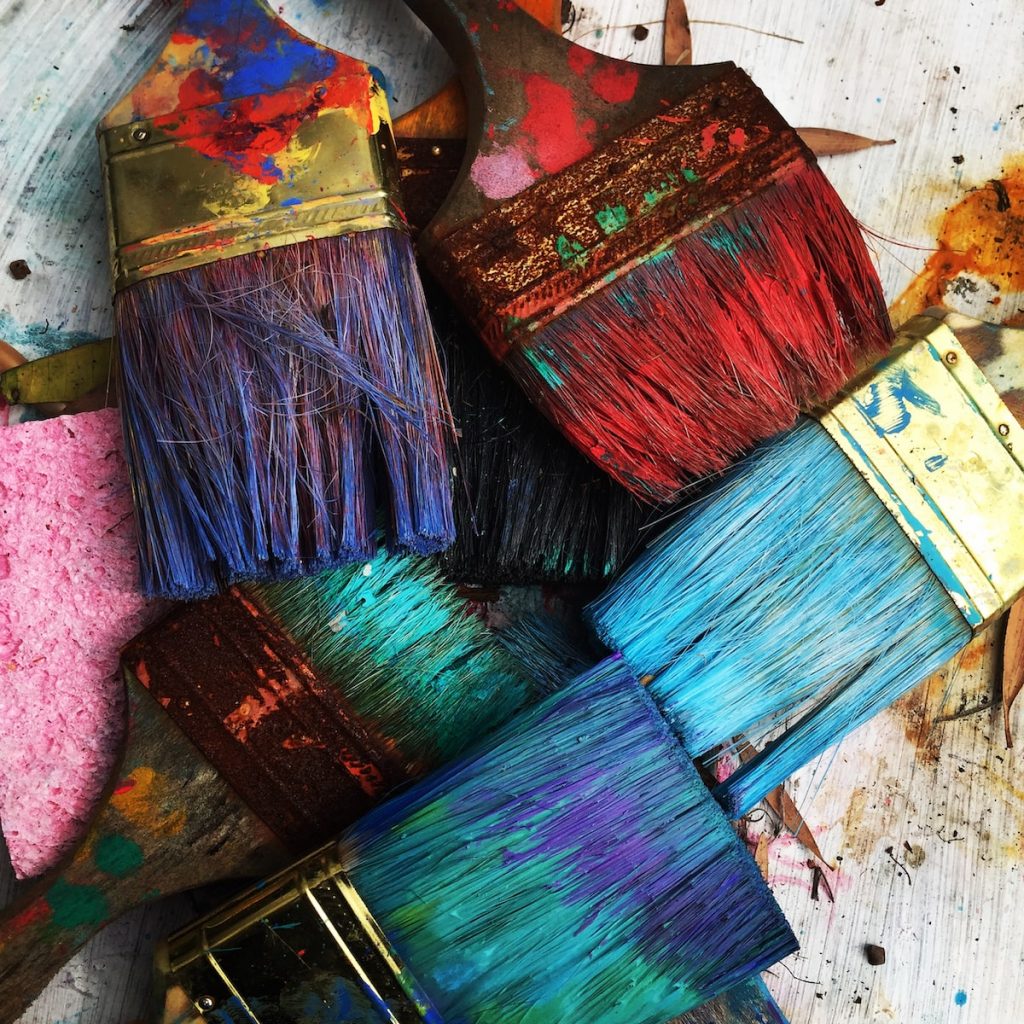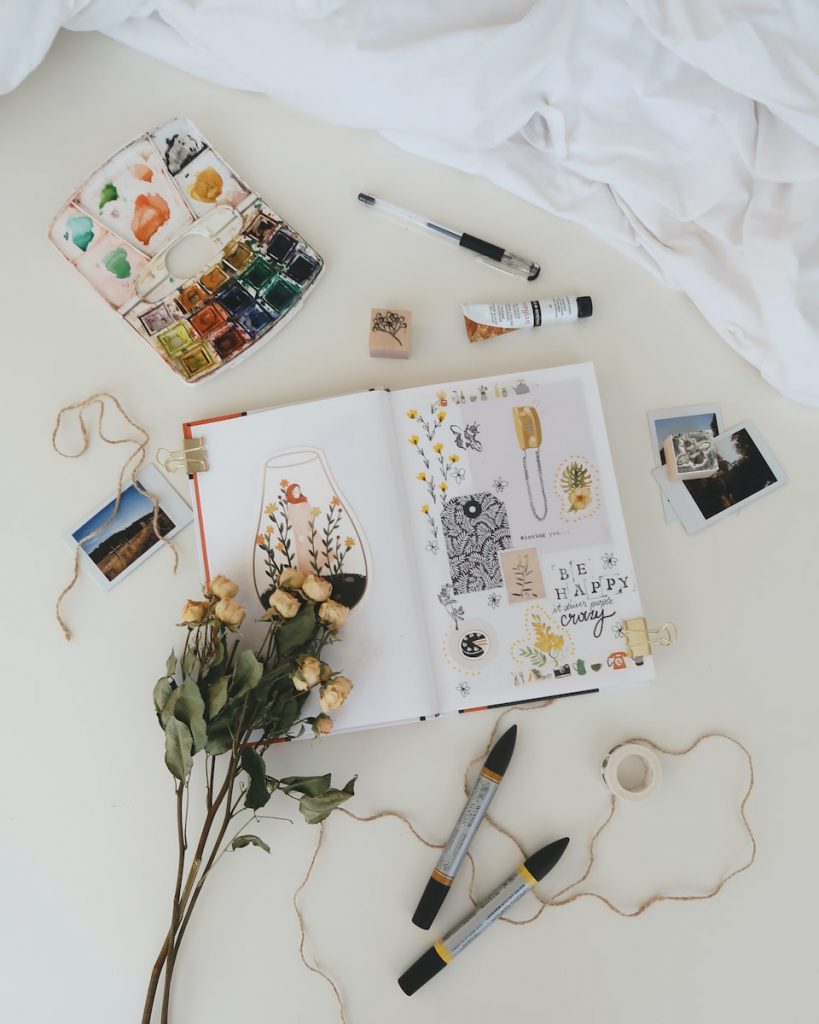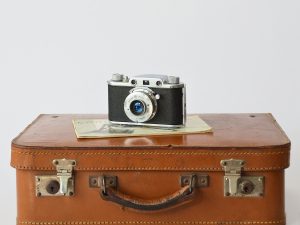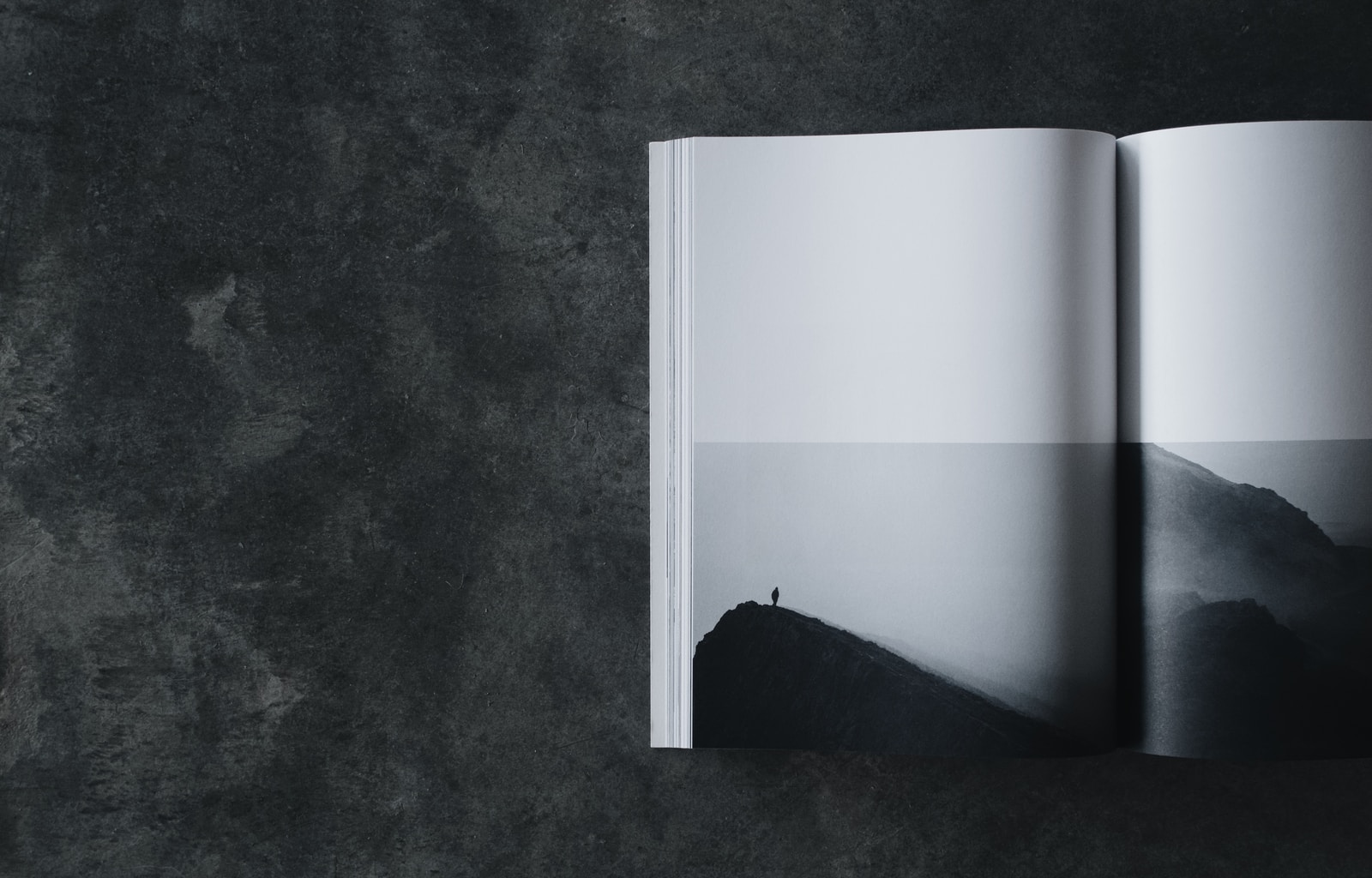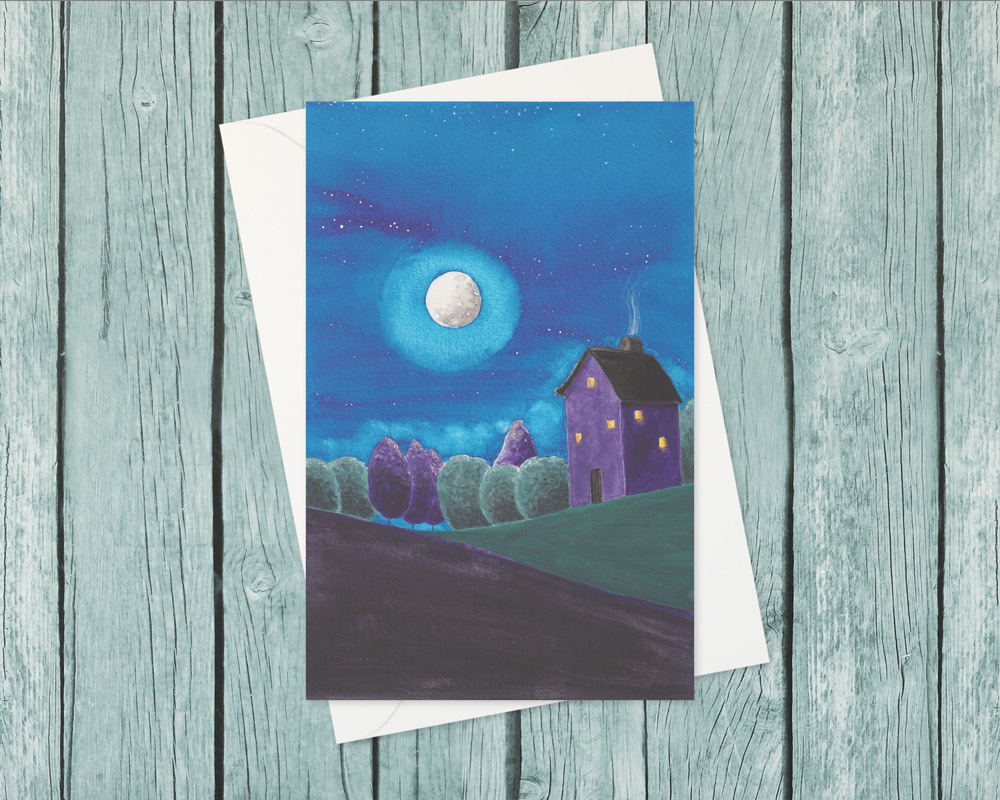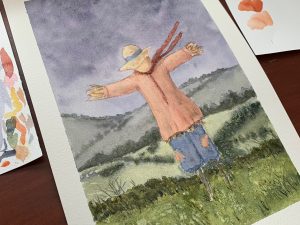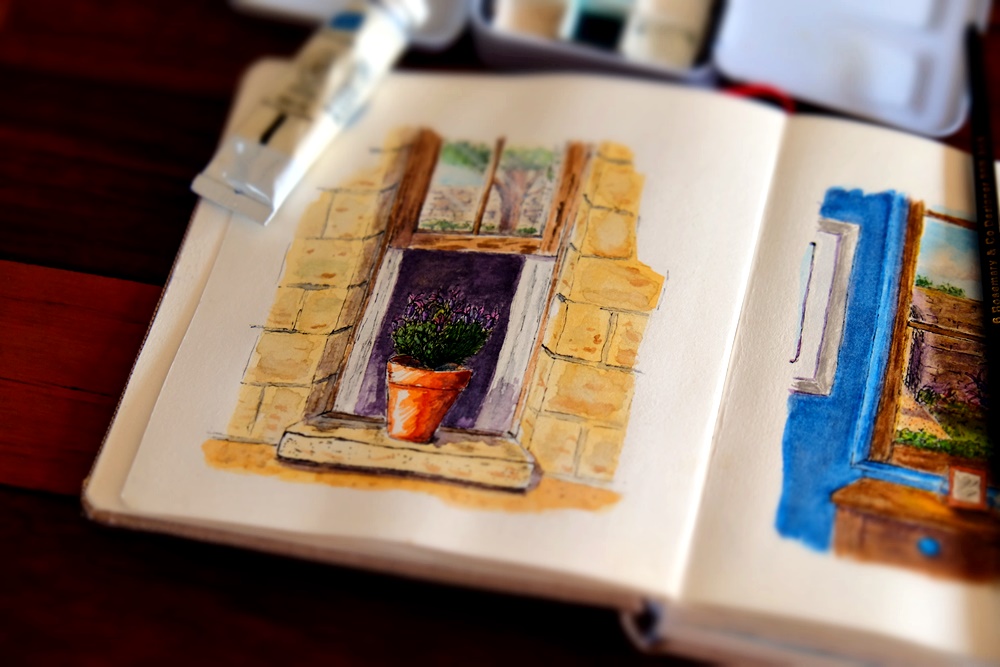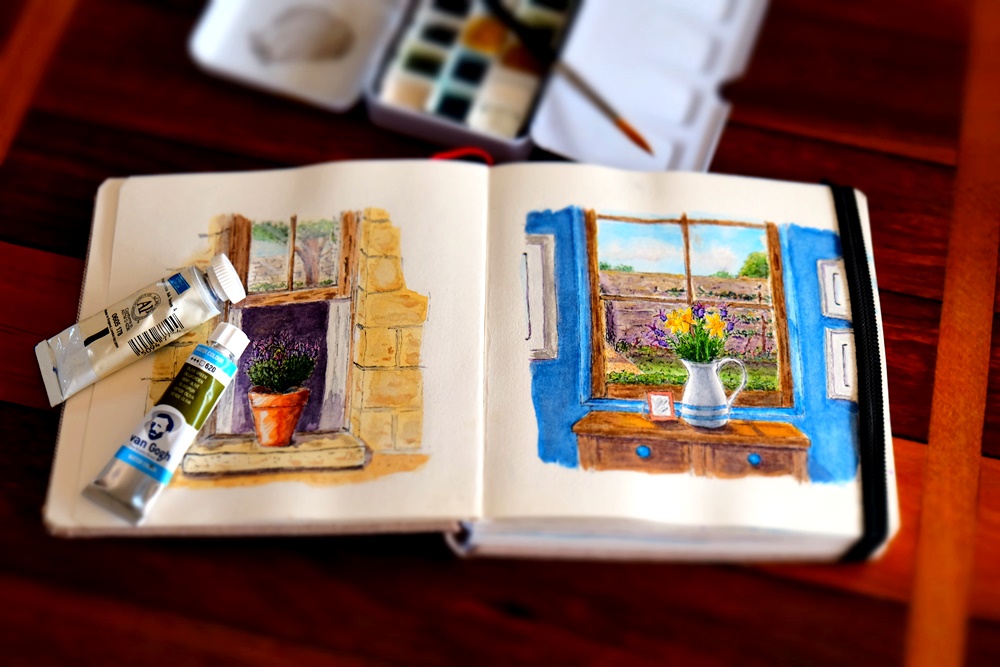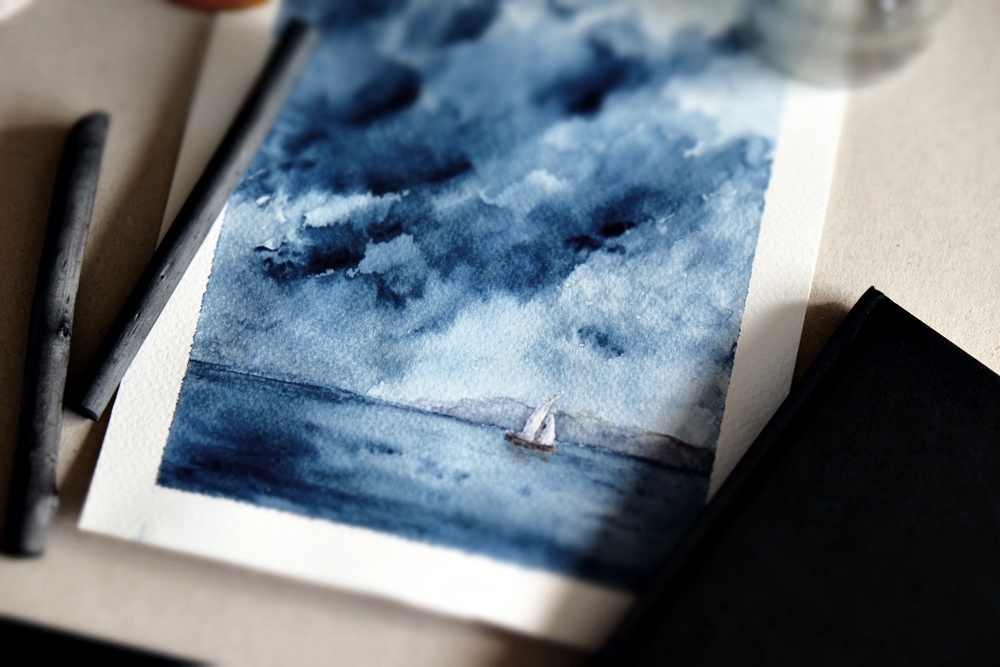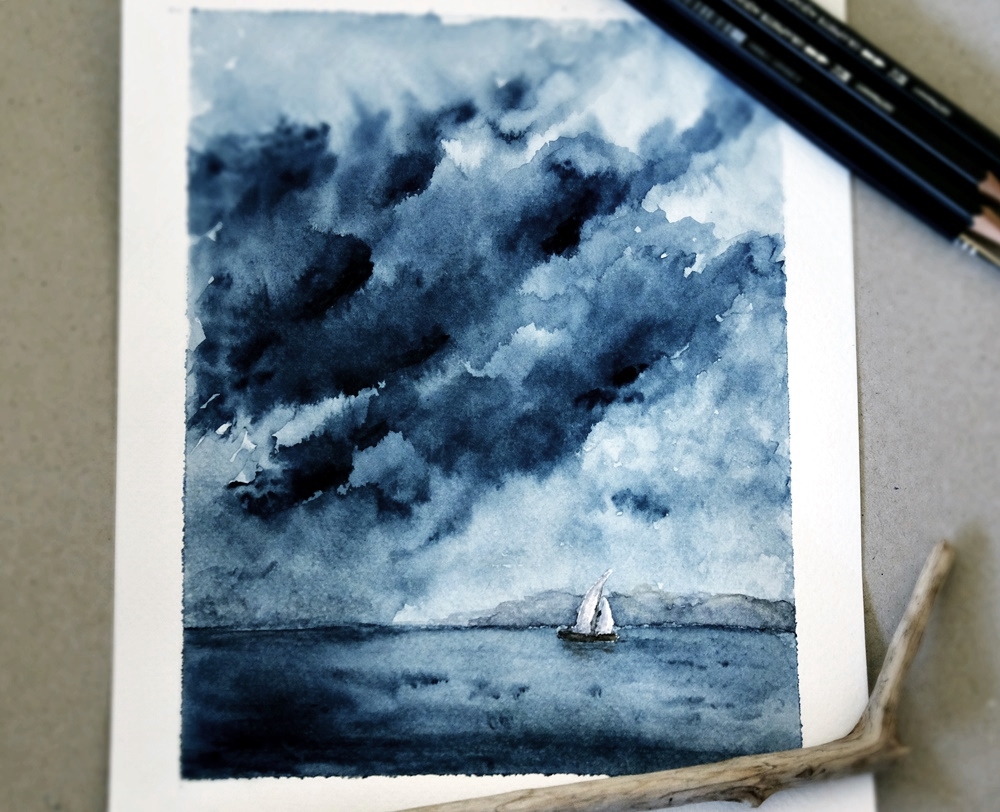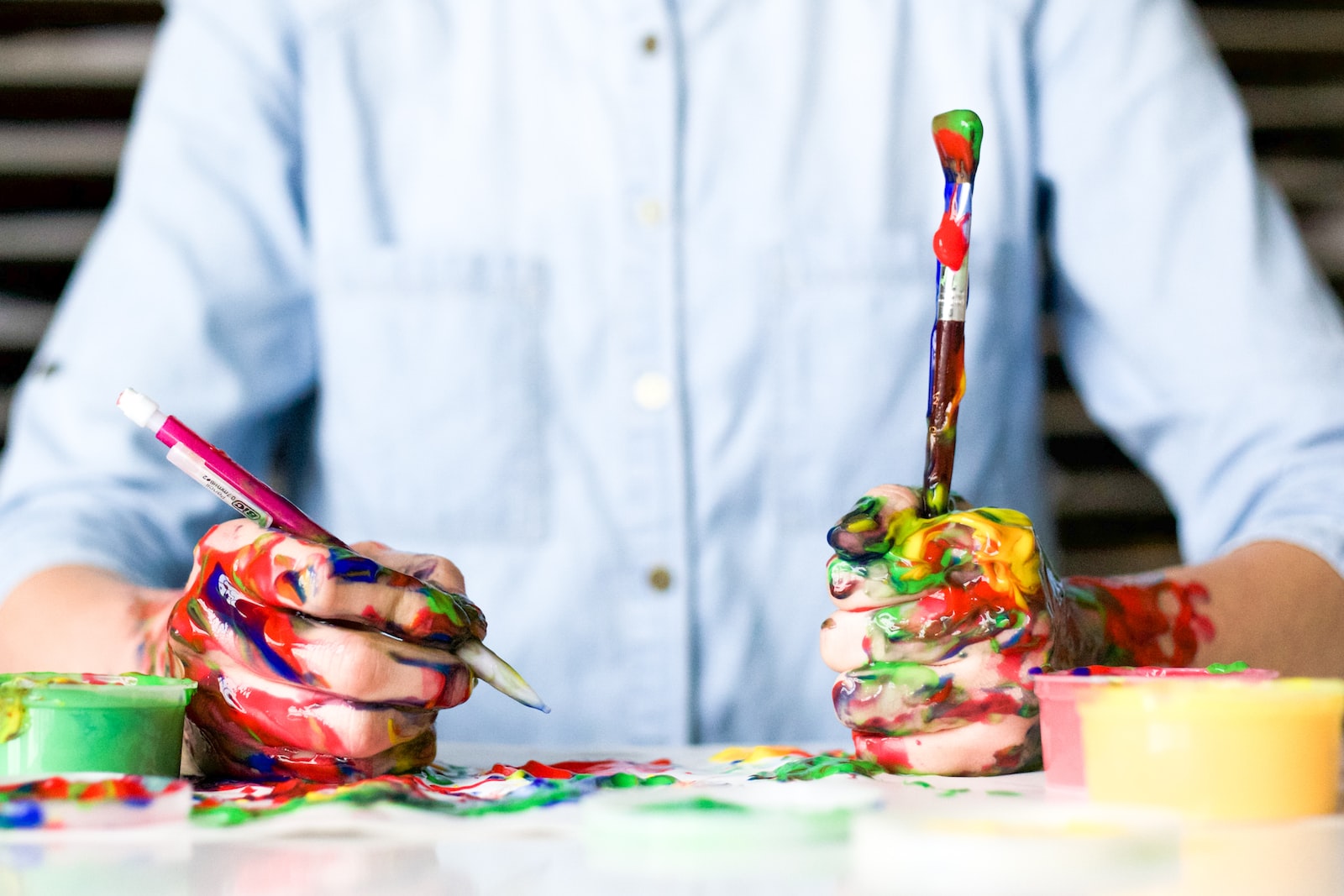How to Find Your Style – Writing or Painting (Part Two)
It is a question often asked: “How do I find my style?” What people usually mean when they ask that is “How do I find that ‘one thing’ I can be known for?” We think that in order to make it, we have to be known for a clear thing and thus specialise. And we think that if we find that “one thing”, creativity and opportunities and inspiration will just open up to us. But what if the opposite is actually true?
I grew up in an era when artists and creators should never diversify because it supposedly meant they were never actually good at one thing. So a watercolour artist of abstracts shouldn’t also do photo-realism with acrylics. Or a musician shouldn’t also be a painter.
Even worse, we were brought up to find that “one thing”, that one lifetime’s career, and stick to it. You couldn’t be a primary school teacher for the first ten years then decide you really loved upholstering furniture as well, choosing to do that for the next ten years before switching to something else later if the winds took you. That was irresponsible. It wasn’t done. Oh, and you had to be totally unhappy in your job to consider such things. If you changed from teaching to upholstering, it couldn’t be because you just decided you wanted to try something else but you still absolutely loved teaching.
But such thinking only created pain, depression, hopelessness and a feeling of being trapped. And it’s no less true for authors and artists stuck in that “one thing” they are known for. I have seen the most frustration and creative restriction come from those who found that “one thing”, became known for it, and later wanted to branch out into other things but couldn’t.
Even artists and authors who have become highly successful in a certain type of art know the trap of falling into a rut.
I recently watched a documentary called “The Price of Everything,” about the huge prices of and money that gets invested in the modern art movement. Several very successful artists were interviewed for the documentary.
One artist, Larry Poon, was renown for his art in the 50s but walked away from his signature style because he knew that to be caught in that rut would be the death of his creativity.
He talks about how he was producing art that the investors and collectors wanted but it all started to look the same.
“All this success, all this sameness at the time,” he says, “finally began to look like sameness. I said to a guy in a gallery when I had a show in the works: ‘What do you think I should do? Give me some advice.’ … He said, ‘Oh you don’t have to worry. You’re Poons.’
“And that repelled me. That to me meant, ‘Oh I should just keep painting the way I’ve been painting.’
“I didn’t know what I was looking for but I knew that isn’t what I wanted to be. I wanted more.
“I wanted to be like Beethoven. I didn’t want the first piece to look like the last.”
So he changed his signature look and dropped off in popularity. He did not make the wealth and fame his contemporaries did, but he says that had he found that wealth and fame, he is sure he would be dead now. His art later came back into the public eye and he lived a life of creativity and freedom his contemporaries, many of whom died young from drugs and alcohol and other excesses, never did.
Another artist, rising rapidly in the art world, Njideka Akunyili Crosby, spoke about how glad she is that the work is finding all of this attention and people are connecting to it. However, that success came with deep concerns. She talks about how what she calls the “scary attention” causes her anxiety because it raises troubling questions for her: “How do I keep evolving this work? How do I keep changing it? How do I not stagnate especially when you feel like you’ve stumbled on something pretty cushy? I could just cruise and ride this out for the next twenty years.”
It is a concern for all kinds of creators because it can be the death of inspiration, and inspiration is the lifeblood of creativity. What if, say, JK Rowling could only ever write Harry Potter-type books and never branch into murder mysteries or literary fiction like she did? What if she never had another fantasy novel in her and couldn’t diversify? It would be career over. What about singers whose careers were one or two hits and that’s it? What about athletes whose careers have short lifespans? If we were only ever meant to find that “one thing” and develop it, a lot of people wouldn’t fit into this world.
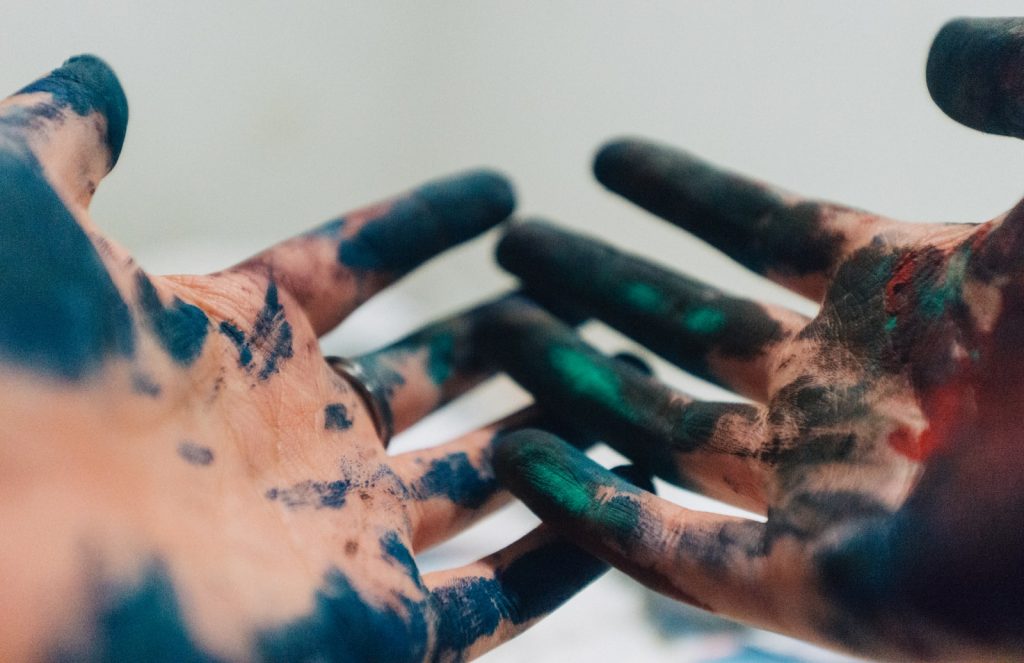
I remember a conversation with a friend long ago. She was a dreamer who had big dreams but couldn’t seem to narrow in the purpose of it all. She said to me, “I don’t know why it is that I like drumming, and piano, and drawing, and writing, and teaching and speaking and all the parts of me that don’t seem to fit one purpose.”
I didn’t know what to say at the time but I know what I would say to her now because I’m a mother now. Imagine if your goal as a parent was to find that one thing your child would do for the rest of their lives and only ever buy them tools for that, or only ever support that, or direct them to that. Imagine if I said to my son, Tristan, “You’re going to be an artist, and so I only want you to concentrate on art. The guitar is irrelevant because you’re not going to be a guitarist. Learning another language is irrelevant because you’re not going to live in that country. Playing with Lego doesn’t help you, so I won’t be buying that. You’re not going to be a bike rider so there’s no point owning a bike and learning to ride it.”
“Chasing joy is one thing. Chasing an audience is another.”
I would not find any joy in being a parent like that, and Tristan would not find joy in a life like that. Instead, we parents love to give our children thousands of opportunities for joy and creativity and exploration and learning. We take our children to the zoo, not because they’re going to be vets, but because we want them to enjoy animals. We buy them cheap plastic goods at Christmas, knowing they won’t exist or be used in a year’s time, because we love to see their faces when they open it. We bake cakes with them, not because one day they might open a bakery, but because cooking and baking and eating cake bring joy.
You see, God our father, who is a much better parent than we are, made us to have thousands of opportunities for joy, creativity, learning, growing, exploring, making, and being. Thousands and thousands. The idea that we have to narrow in on something is the opposite of who we’re meant to be, and I’ve seen more heartache from authors and artists who are trapped in that place than from those who keep trying hundreds of art forms and can’t “settle” on one. The truth is, we’re not meant to settle on one. We’re meant to keep growing and trying and changing.
When we ask the question, “How do I find that ‘one thing’ I can be known for,” we are potentially asking for a box in which to trap ourselves. That’s not to say we can’t find the thing we love the most and want to do forever. Chasing joy is one thing. Chasing an audience is another.
So, what if instead of chasing an audience, you chased the form of a thing and what it was you were trying to say? Instead of chasing style, you chased the purpose. Let form follow function. Let the driving force be purpose.
Every single one of my novels is written completely differently in a different style from the others. That’s because Bloodline is a kind of poetic epic. It’s sweeping, grand. Sacrifice is a more personal, down-to-earth account, so it’s much more detailed and more sensory. Shadowland is written in the first person, and it’s a written account that gets deep into the psyche of a character with nothing held back. Not one of them is written in the same style because the form followed the function, or the style followed the purpose.
It is the same with my art. Whatever I am trying to express or say, I choose the style and tools that best say it. For that reason, you can’t look at every piece of my art and say, “That’s a classic Lisa Saul. I’ve got her measure now.” And the range of my pieces is so broad, it looks like I’m aiming to try every type of art before I die. Form is following the function.
The form should follow function in your novels, non-fiction, art or whatever it is you’re creating. What are you trying to say and therefore what is the very best way to say it? What are you trying to show, and therefore what is the very best way to show it? And also, what interests you most at this time of life? What is it you love to do and want to do on this project? What projects most inspire you or bring you joy? Who are you creating for and why, even if the answer is, “For me”?
Let the answers to those questions be your guiding stars. Combine that with practice and honing your skill, and you will find the very thing you didn’t realise you were looking for: yourself. ▪
